The planet is heating up, and this spells chaos for humans and animals. As temperatures rise, these creatures are behaving in ways that even the most seasoned wildlife experts find bewildering. From migratory birds getting lost to fish fleeing their traditional waters, these animals are sending us signals that climate change is more real than ever. Here are 13 examples of animals behaving strangely due to the planet’s rising temperatures.
1. Polar Bears Stranded on Ice
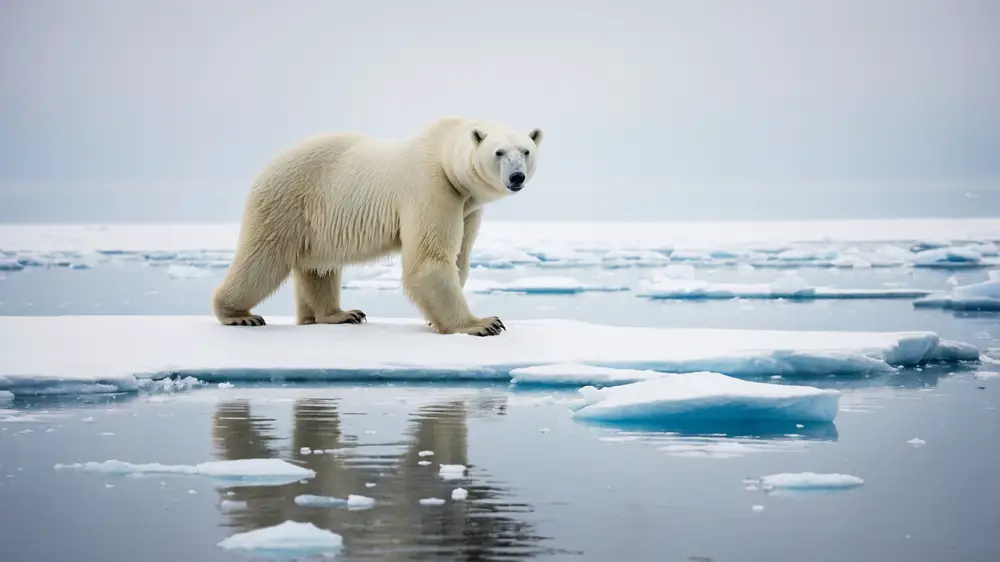
As the Arctic ice melts, polar bears are finding themselves stranded on smaller and smaller ice floes. You might imagine them as the kings of ice, but with their hunting grounds disappearing, these bears are forced to swim longer distances, leading to exhaustion and even death. A study from the University of Alberta found that polar bears are now swimming up to 700 km to find stable ice. This isn’t just a physical challenge; it’s also a huge emotional toll on these magnificent creatures, who are seeing their world literally fall apart.
For you, this might sound like a typical case of animal distress broadcasted on National Geographic. But imagine waking up one day to find your entire neighborhood underwater. That’s the reality polar bears are grappling with. As they search for food and shelter, their plight serves as a warning of what’s to come if climate change continues unabated.
2. Birds Migrating Off Schedule
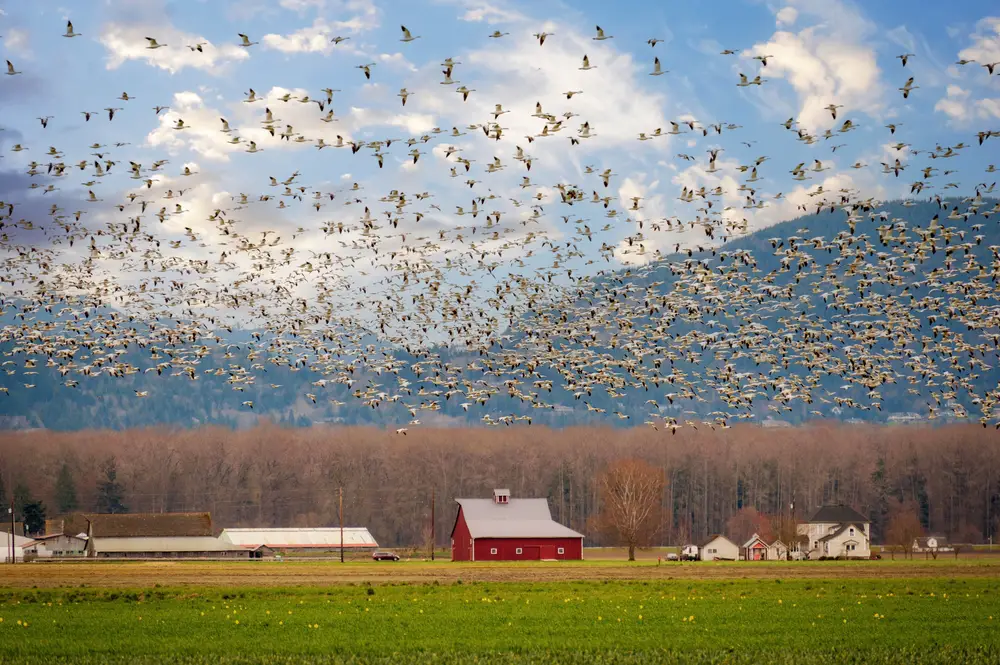
You’d think birds, with their built-in compasses, would stick to their migratory schedules, right? Not anymore. As the seasons become unpredictable, birds are beginning to migrate earlier or later than usual, throwing their entire lifecycle out of sync. This leaves them arriving at breeding grounds before food sources are available, leading to lower survival rates for chicks.
For bird-watchers, this might mean more chances to see rare species, but in reality, it’s a sign of ecological imbalance. Imagine planning a vacation around a festival only to find everything closed upon arrival. That’s what these birds are experiencing. Their altered migration patterns are nature’s way of signaling that something is seriously off.
3. Fish Fleeing Warming Waters

Fish aren’t exactly known for their land navigation skills, yet they’re now on the move like never before. Rising ocean temperatures are causing fish to migrate to cooler waters, turning ecosystems upside down. According to a report by the National Oceanic and Atmospheric Administration, many species are shifting their ranges by hundreds of kilometers. This not only impacts the fish but also the fishing industries and communities that rely on them for sustenance.
For you, that might mean different fish in your usual seafood dish, but for marine life, it’s a game of survival. Picture having to move your entire home because your neighborhood got too hot. That’s the reality these fish face, as they swim in search of suitable living conditions. The changes are also affecting predator-prey relationships, leading to a ripple effect across marine ecosystems.
4. Bees Getting Confused

Bees are crucial for pollinating plants, but climate change is making their job a lot harder. Rising temperatures are causing flowers to bloom earlier than usual, leaving bees in a sticky situation. When they finally emerge, often the flowers they rely on have already come and gone. This disconnect has serious implications not just for bees, but for the ecosystems that depend on them.
For you, this could mean fewer garden blooms and a smaller selection of fruits and vegetables. Imagine arriving late to a party only to find the food has already been devoured. That’s the predicament bees are facing due to climate-related shifts. The decline in bee populations is a clear sign of the cascading effects of our warming planet.
5. Coral Reefs Turning Ghostly White
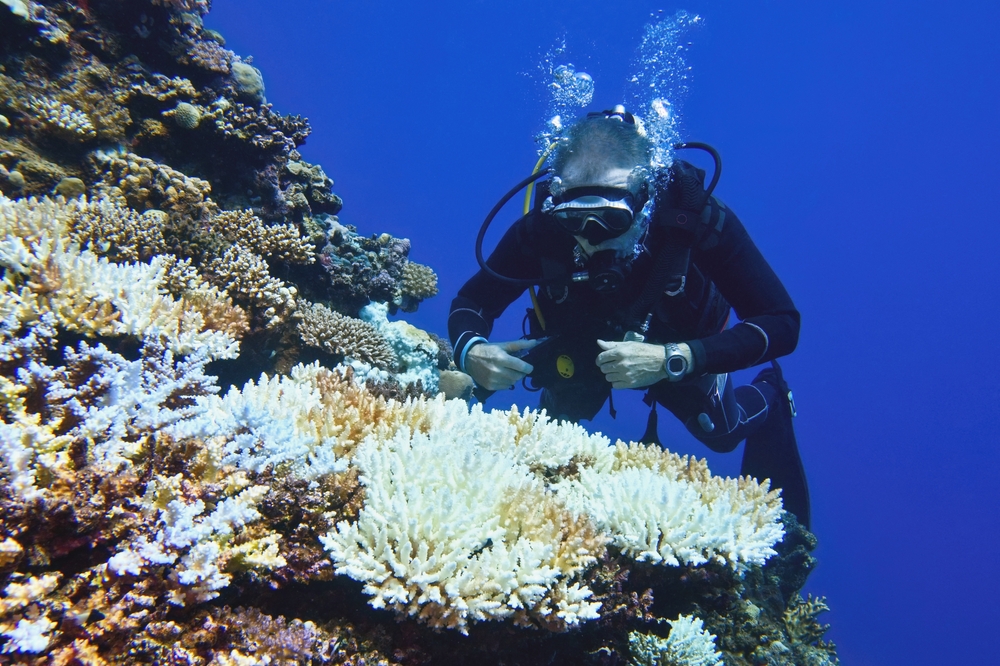
Coral reefs, often dubbed the rainforests of the sea, are losing their vibrant colors and turning ghostly white. This phenomenon, known as coral bleaching, occurs when sea temperatures rise and stress corals, causing them to expel the symbiotic algae that give them color. According to the Great Barrier Reef Marine Park Authority, recent years have seen massive bleaching events, leading to widespread coral mortality. This not only disrupts marine life but also affects coastal communities who rely on reefs for tourism and fishing.
For you, this could mean fewer snorkeling adventures among colorful reefs. But for marine ecosystems, it’s a devastating blow. Imagine your neighborhood suddenly losing all its color and life. That’s what’s happening to coral reefs, and it’s a clear indicator that our oceans are in trouble.
6. Turtles Losing Their Way
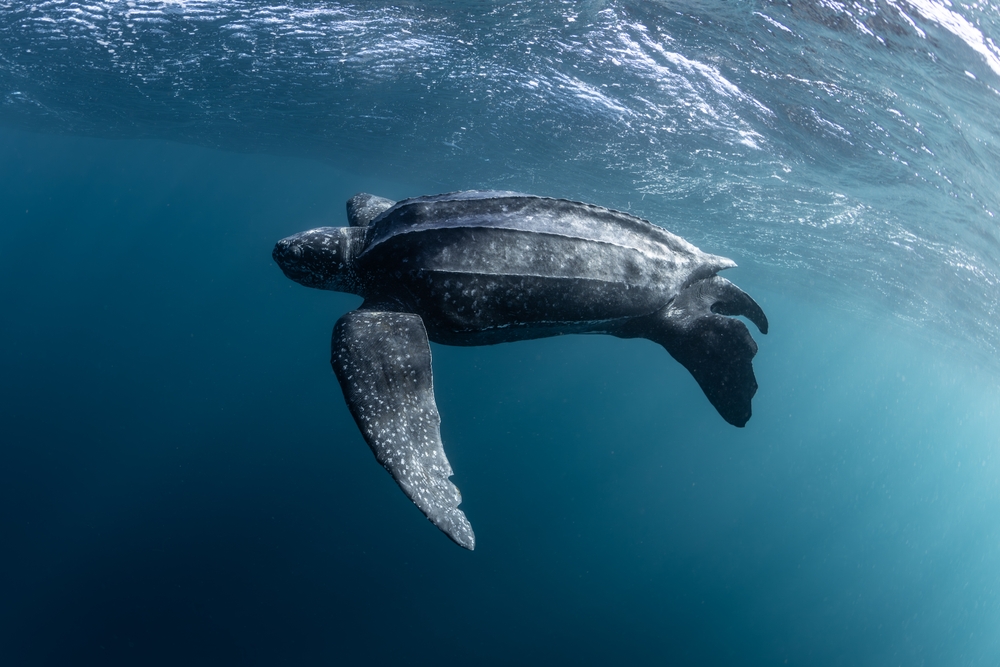
As sands warm, turtle hatchlings are emerging as mostly females, disrupting the gender balance needed for reproduction. Warmer sand temperatures, which determine the sex of turtle hatchlings, are now skewing this balance. This gender imbalance poses a significant threat to future turtle populations. It’s like a massive shift in the dating world, with far more females than males, leading to challenges in finding mates.
For you, this might mean fewer turtle sightings on your beach vacations in the future. But for turtles, it’s a crisis of survival. Imagine a world where the odds are stacked against you from birth — that’s reality for these hatchlings. As they navigate their way to the sea, they face a perilous future shaped by climate change.
7. Moose Invading Urban Areas

Moose are increasingly wandering into urban areas as their natural habitats become less hospitable. Rising temperatures are causing a decline in the lush greenery they depend on. According to the University of Minnesota, moose populations are shifting as they search for better food sources and cooler environments. This has led to more frequent encounters between moose and humans, often resulting in dangerous situations.
For you, imagine waking up to find a moose munching on your garden plants. While it may sound amusing, it’s a sign of wildlife struggling to adapt. The sight of these majestic creatures in cities serves as both a spectacle and a warning of the far-reaching impacts of climate change.
8. Frogs Croaking in Unison
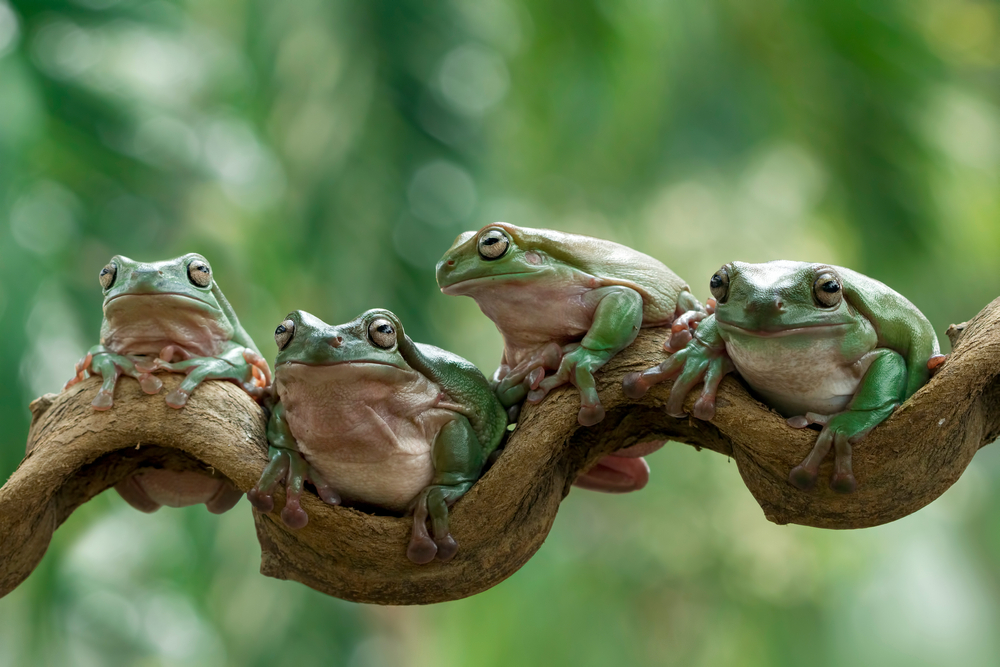
Frogs are known for their croaky chorus at night, but climate change is altering their tune. Rising temperatures and precipitation changes are affecting breeding seasons, causing frogs to call out of sync. In some areas, you might hear an eerie silence where there once was a cacophony. This puts breeding opportunities at risk, threatening frog populations.
For you, this might mean fewer nighttime serenades in your backyard. But for frogs, it’s a sign of environmental stress. Imagine trying to schedule a meeting when everyone’s calendars are out of sync. That’s the challenge frogs face, as they adapt to the changing climate.
9. Elephants Marching for Water

In regions facing drought, elephants are traveling longer distances in search of water. Drying rivers and shrinking waterholes are forcing these giants to go miles beyond their usual ranges. This not only increases their risk of human encounters but also leads to exhaustion and malnutrition. The search for water has become a daunting task for elephant herds.
If you’re a wildlife enthusiast, you might witness these epic migrations. But for elephants, it’s a desperate struggle for survival. Imagine having to trek miles for a simple glass of water. That’s the new reality for these animals, driven by the planet’s changing climate.
10. Penguins Puzzled by Melting Ice

Penguins are facing a crisis as their icy habitats melt away. Ice caps that were once stable are now breaking apart, leaving penguins with fewer breeding grounds. This disrupts their life cycle, leading to lower chick survival rates. It’s a stark reminder of how climate change is altering the very foundations of ecosystems.
For you, this might mean fewer penguin documentaries capturing their icy antics. But for penguins, it’s a fight for existence. Imagine your home gradually disappearing beneath your feet. That’s the challenge facing penguins, as they struggle to adapt to a rapidly changing environment.
11. Butterflies Emerging Too Early

Butterflies are emerging earlier than usual, thanks to unseasonably warm springs. This puts them out of sync with the plants they rely on for nectar. As a result, some butterflies face starvation or are forced to migrate to new areas. This phenomenon is disrupting ecological balances, as butterflies play a crucial role in pollination.
For you, this could mean fewer butterflies fluttering around your garden in summer. But for these creatures, it’s a race against time. Imagine arriving at an event only to find it hasn’t even started. That’s what butterflies are experiencing, as they navigate a world that’s heating up faster than they can adapt.
12. Whales Singing New Songs

Whales are changing their songs as ocean temperatures rise. Warmer waters are altering the distribution of prey, leading whales to explore new territories. This has led to changes in their vocalizations, as they adapt to different environments and communicate with other groups. The ocean’s chorus is evolving, with whales at the forefront of this change.
For you, this might mean new sounds on your whale-watching tours. But for whales, it’s a complex adaptation process. Imagine having to learn a new language just to order dinner. That’s the challenge whales face, as they adjust to the shifting dynamics of their underwater world.
13. Kangaroos Moving to Cooler Climates
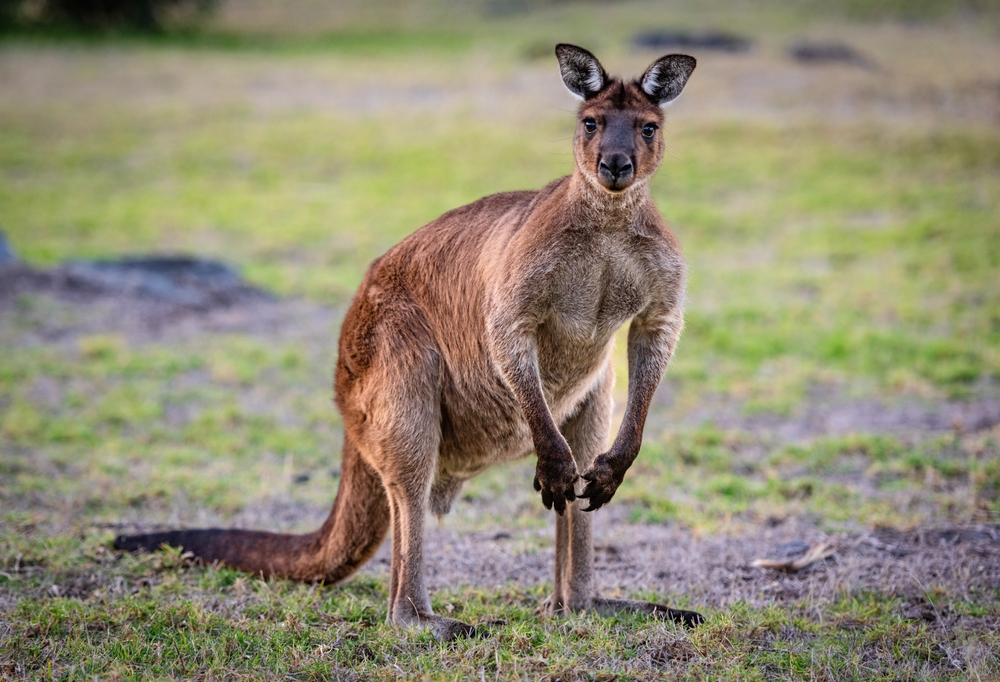
Kangaroos are hopping toward cooler regions as Australia’s interior heats up. These animals are adapting by changing their habitats, moving closer to coastal areas where temperatures are more bearable. This shift affects not only kangaroo populations but also the ecosystems they become part of. The Australian landscape is changing, shaped by the shifting movements of its iconic marsupials.
For you, it might be unusual to see kangaroos in new areas during your travels Down Under. But for kangaroos, it’s a necessary adaptation. Imagine having to relocate your family to escape unbearable heat. That’s the new reality for kangaroos, as they seek out cooler pastures in a warming world.
